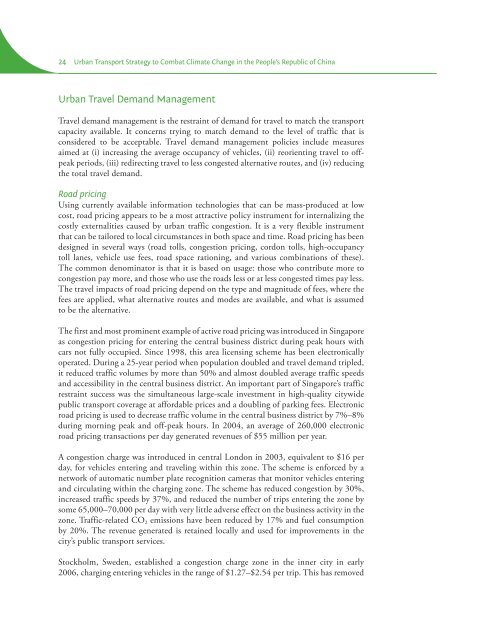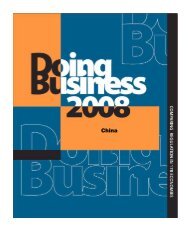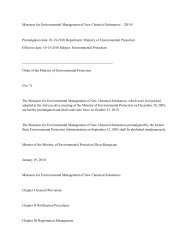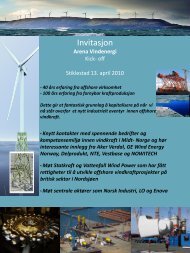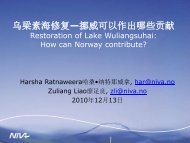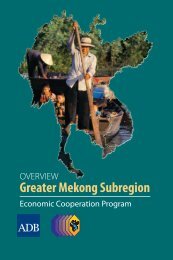Urban Transport - India Environment Portal
Urban Transport - India Environment Portal
Urban Transport - India Environment Portal
Create successful ePaper yourself
Turn your PDF publications into a flip-book with our unique Google optimized e-Paper software.
24 <strong>Urban</strong> <strong>Transport</strong> Strategy to Combat Climate Change in the People’s Republic of China<strong>Urban</strong> Travel Demand ManagementTravel demand management is the restraint of demand for travel to match the transportcapacity available. It concerns trying to match demand to the level of traffic that isconsidered to be acceptable. Travel demand management policies include measuresaimed at (i) increasing the average occupancy of vehicles, (ii) reorienting travel to offpeakperiods, (iii) redirecting travel to less congested alternative routes, and (iv) reducingthe total travel demand.Road pricingUsing currently available information technologies that can be mass-produced at lowcost, road pricing appears to be a most attractive policy instrument for internalizing thecostly externalities caused by urban traffic congestion. It is a very flexible instrumentthat can be tailored to local circumstances in both space and time. Road pricing has beendesigned in several ways (road tolls, congestion pricing, cordon tolls, high-occupancytoll lanes, vehicle use fees, road space rationing, and various combinations of these).The common denominator is that it is based on usage: those who contribute more tocongestion pay more, and those who use the roads less or at less congested times pay less.The travel impacts of road pricing depend on the type and magnitude of fees, where thefees are applied, what alternative routes and modes are available, and what is assumedto be the alternative.The first and most prominent example of active road pricing was introduced in Singaporeas congestion pricing for entering the central business district during peak hours withcars not fully occupied. Since 1998, this area licensing scheme has been electronicallyoperated. During a 25-year period when population doubled and travel demand tripled,it reduced traffic volumes by more than 50% and almost doubled average traffic speedsand accessibility in the central business district. An important part of Singapore’s trafficrestraint success was the simultaneous large-scale investment in high-quality citywidepublic transport coverage at affordable prices and a doubling of parking fees. Electronicroad pricing is used to decrease traffic volume in the central business district by 7%–8%during morning peak and off-peak hours. In 2004, an average of 260,000 electronicroad pricing transactions per day generated revenues of $55 million per year.A congestion charge was introduced in central London in 2003, equivalent to $16 perday, for vehicles entering and traveling within this zone. The scheme is enforced by anetwork of automatic number plate recognition cameras that monitor vehicles enteringand circulating within the charging zone. The scheme has reduced congestion by 30%,increased traffic speeds by 37%, and reduced the number of trips entering the zone bysome 65,000–70,000 per day with very little adverse effect on the business activity in thezone. Traffic-related CO 2 emissions have been reduced by 17% and fuel consumptionby 20%. The revenue generated is retained locally and used for improvements in thecity’s public transport services.Stockholm, Sweden, established a congestion charge zone in the inner city in early2006, charging entering vehicles in the range of $1.27–$2.54 per trip. This has removed


